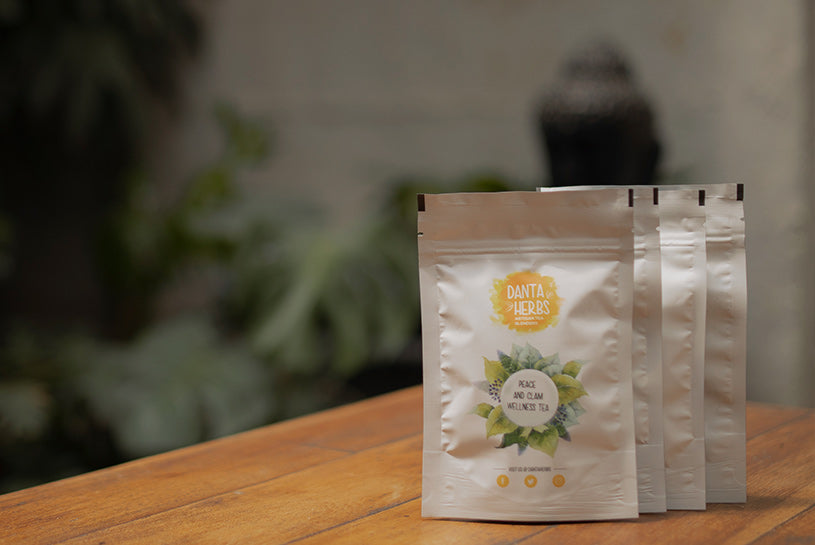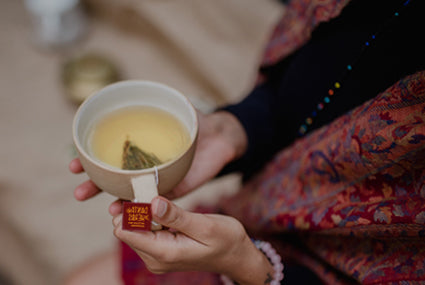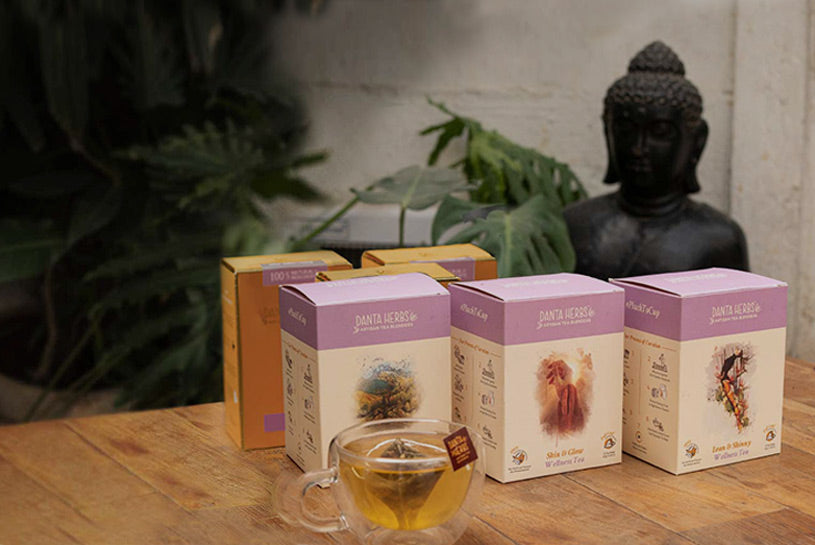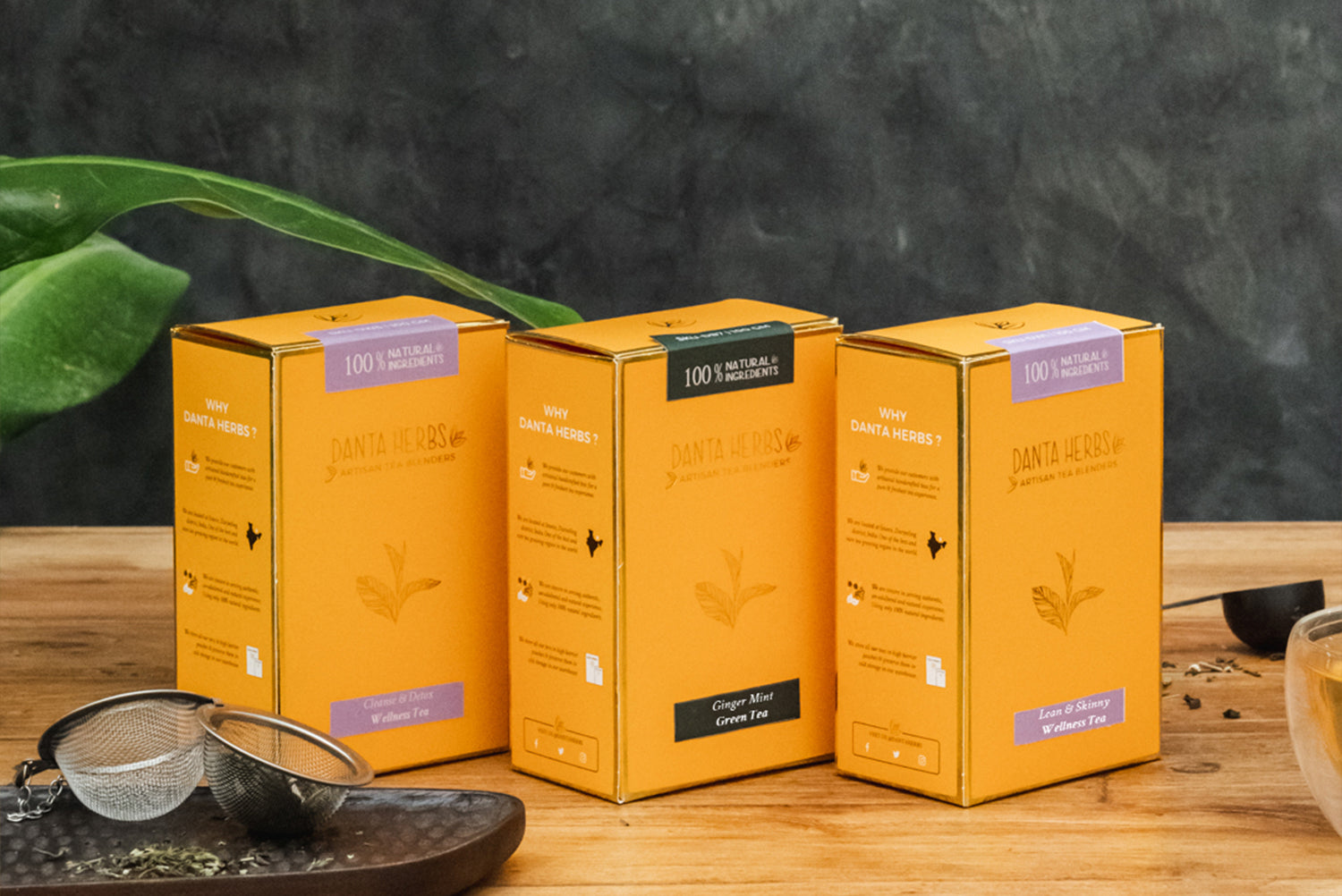Introduction to Tea: World's most popular drink

THE LEGEND CALLED TEA
Tea is a mystical herb that will calm you when you are worried, activate you are lethargic, cool you when you are feeling hot, and warm you when you are feeling cold. In some sense, it is almost as though tea knows what you want and how you are feeling. As the old Chinese saying goes, “ Drinking a daily cup of tea will surely starve the apothecary.” Let’s explore this marvel called tea!
WHAT IS TEA?- REVEALING THE MYSTERY
Tea is the leaf and bud of a plant called Camellia sinensis . It goes through a process that involves drying and rolling the tea before packaging it for consumption. Camellia sinensis grows in tropical and subtropical climates, and is a flowering evergreen shrub that produces small white flowers; the leaves and buds are ready to be harvested three years after the shrub is planted.
The traditional tea-growing countries are China, Japan, India and Sri Lanka. However, in recent years, new tea-producing countries have emerged. Origin impacts the flavour characteristics while altitude, soil type, plant type and age of the tea plant are other influencing factors.
Each origin can produce many types of tea, although regions are usually known for one type or another. For example, Japan is known for green matcha tea. India for it’s oolong and black teas. China is known for white tea and pu-erh.
It is important to learn where your tea comes from, what season it was plucked in and how it was manufactured. These insights will help one determine the quality of the tea.
THE DISCOVERY OF TEA
In 2737 BCE a Chinese emperor, accidentally discovered tea. According to ancient tales, stray tea leaves drifted into the emperor’s boiling pot of water while he was foraging. And so began a centuries-long love affair with tea.
While legends abound, pinpointing the exact origin of tea is difficult. Most researchers believe the tea plant originated in Yunnan province of China.
Some evidence confirms the presence of tea in Tibet and Northern India also. While discovered in the B.C.E time period, it didn’t become a popular beverage until much later.
Tea gained widespread popularity under the Tang Dynasty, which ruled in 600 to 900 A.D. They believed tea was such an important part of the culture that they declared it the national drink of China. It was during this time that the popular tea ceremony was developed.
Today, it is one of the most popular drinks in the world. But, initially it was consumed with food, cooked with vegetables. Tea found itself among artists, poets, aristocrats, and royals. It was even a very popular medium for artists to paint with.
JAPAN AND TEA
After its popularity in China, tea began to interest the various visiting monks from Japan, including the famous Saichō, who brought tea seeds back from China to Japan during the early 9th century. However, it took more than 300 years before tea plantations became large enough to attract a true following in Japan.
In China, the tea leaves were typically brewed in hot water. The Japanese were innovative and chose to grind the leaves into a powder for infusion. Known today as matcha green tea, it was prepared with a bamboo whisk known as a chasen and a large wide-brimmed bowl called a chawan. This tea drinking ceremony is known as the Japanese tea ceremony. It consists of brewing techniques, accessories, and presentation.
We have Japan to thank for the way we drink tea today. Prior to the Ming Dynasty, tea drinking consisted simply of taking fresh tea leaves and soaking them in water. The Ming Dynasty created the tea production process including harvesting, drying, rolling, and heating that is used today.
TEA IN THE WEST
Tea didn't become popular in the west until the 17th century when global trade was established. The wide reaches of trade brought tea along the silk road to Russia and the Middle East. A Portuguese missionary brought tea to Europe after completing work in China. The Dutch East India Company began delivering the first major shipments of tea from Asia in 1610.
While tea started to make appearances in the west, it was still largely a luxury item owing to its exotic origin. It was mainly restricted to aristocracy and the elites in large European cities such as Paris and London.
It wasn’t for another 50 years that tea began to appear in local coffee houses across London. Thomas Garraway was the founder of the first successful British tea shop. He sold tea leaves imported by the Dutch East India Company.
It is said that when Dutch Princess Catherine of Braganza was married to King Charles II, of the British Empire. She brought two very important things for the British Empire as dowry, seven Malarial Islands in India (called as Mumbai today) and Tea, which was her favourite drink. She made tea popular in Britain.
As the demand for tea grew, the British East India Company created tea plantations in Macau and India in order to break the Chinese monopoly of tea. Tea naturally made its way from Britain to the United States when it was a colony. Today, the tea industry has exponentially increased the available flavors and varieties. Tea no longer comes only from the leaves of one plant. There are infusions from spices and herbs, flowers and fruits—all because one day, thousands of years ago, a tea leaf fell into a pot of water.
TEA TRAVELS ACROSS THE GLOBE, REACHES INDIA
Tea gained popularity in the west and through the efforts of the East India Company, India has some of the best tea growing tea regions in the world. Experts from China were brought over to India to teach the British and locals how to harvest and produce the beverage. By 1823, Assam and Darjeeling regions of India were producing large quantities of tea. Tea estates were built and soon tea plants dominated the rolling hillsides. In India, a new variety of tea developed- CTC, today’s famous Indian Chai Tea. India has a thriving tea culture with 90% of the population being tea drinkers.
We at Danta Herbs bring you freshest leaves for your magical brew from the tea estates in Darjeeling, Nilgiris, Assam, Kangra, North east and Nepal.
FAQ’s:
What is the legend about the discovery of tea?
The discovery of tea was an accident, when a tea leaf fell in Chinese Emperor Shen Nung's cup of hot water. That's how it was discovered and gained its popularity over the years. It is believed that after water, tea is the most consumed beverage. l Also the discovery of tea bags happened by chance.
Which country is No 1 in tea production?
Unsurprisingly China is top of the charts as the spiritual home of the humble cuppa and tops the list as the world's largest tea producing country. China produces some 40% of the world's tea weighing in at 2.4 million tonnes.
Is tea fermented or oxidized?
While fermentation is also referred to in the production of brewed teas, this is inaccurate. Instead, harvested tea leaves undergo a natural chemical process known as oxidation, which also changes the color, flavor and level of health benefits in the resulting brew.
Which is the first step of processing in tea?
Tea leaf processing can be summarized in five steps: plucking, withering, rolling, oxidation, and drying. The actual production of tea, however, is a complex process with multiple steps to each phase. Also, note that production steps are also sometimes interchanged and repeated in treatments.




